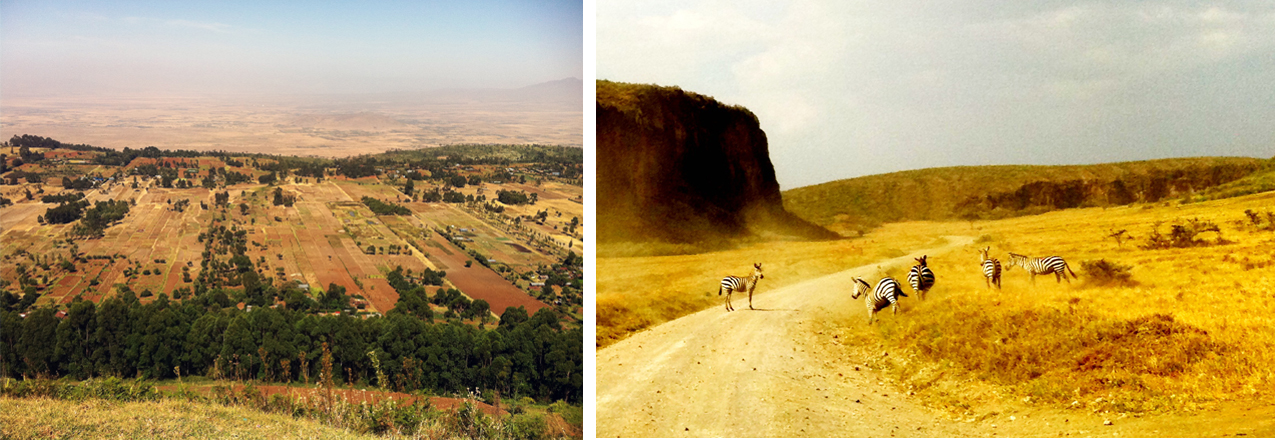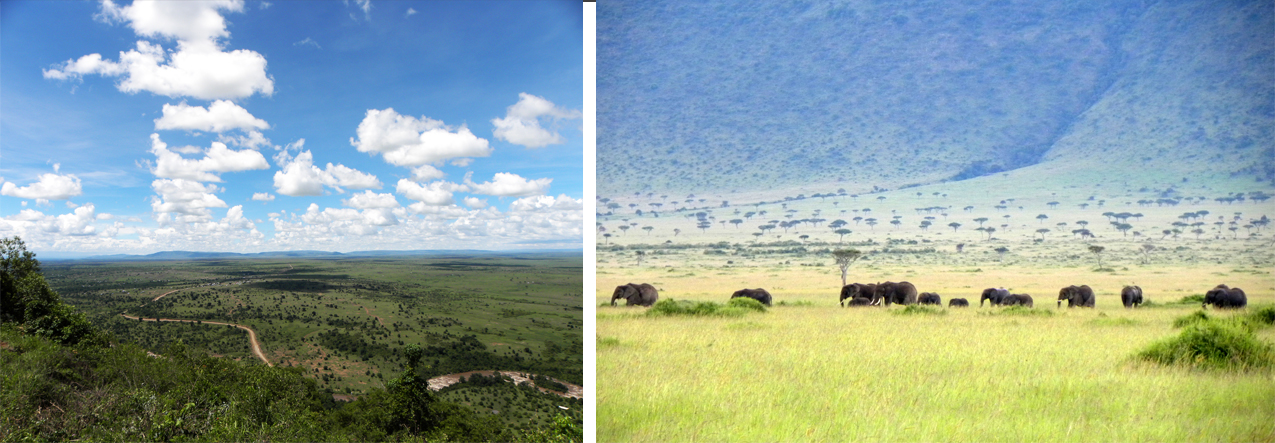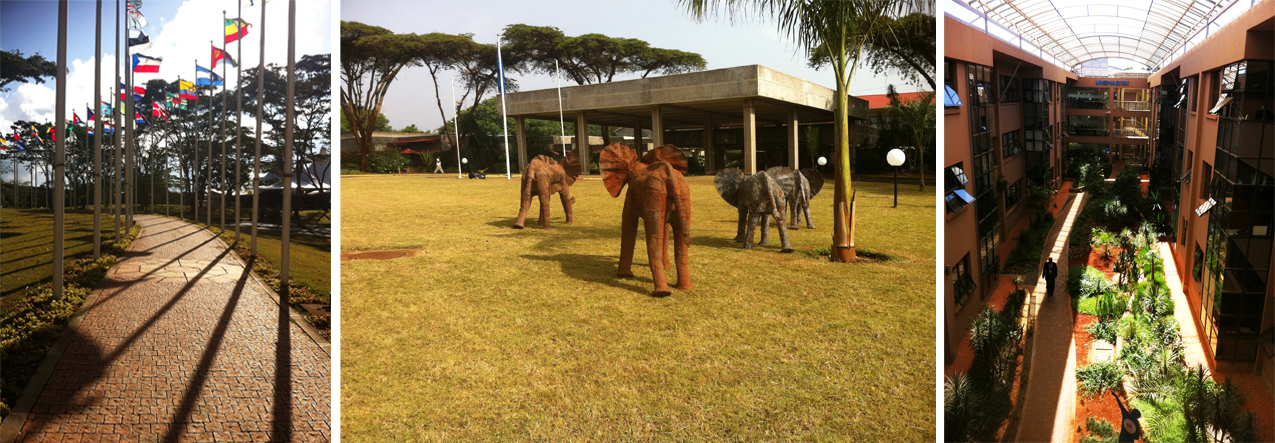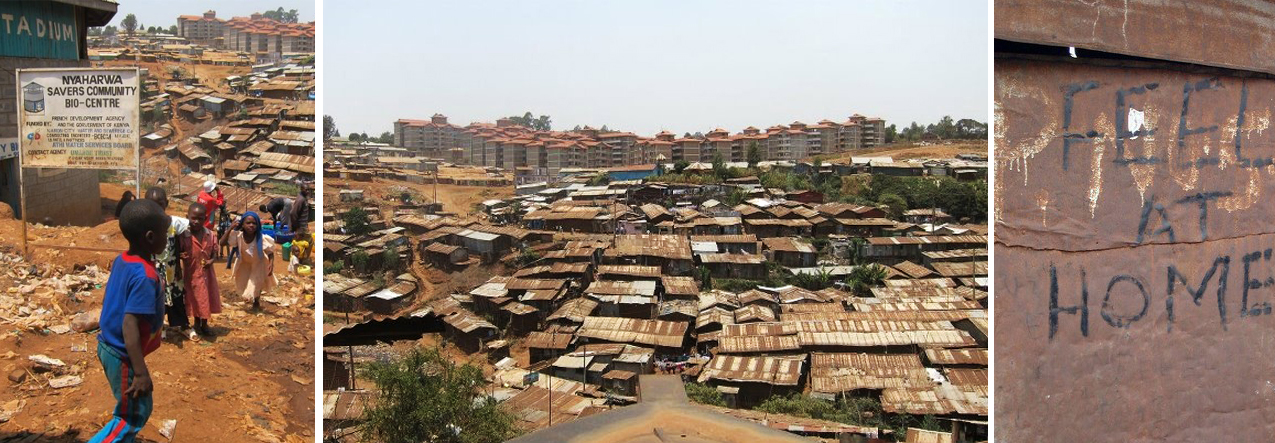#GC2022 is accepting submissions - 25d 27h 05m 44s
Originally published in Master of International Cooperation Sustainable Emergency Architecture, this is part of the series of articles by students who document their experiences during the internships in 2012. Scattered across the globe, they are reporting from places like Haiti, South America, Africa, Mongolia and Japan.
African soil reminds me of a quote from the movie 'Blood Diamond': "The soil is red from the blood that has been spilled on this country". It's impressive how your shoes and your skin become the same red color, as if Kenya were claiming what should be hers and has been stolen, not only by exploitation but also by convenience. Kenya is a multi-geographical and multiethnic country, home to around 42 different cultures and a rich wildlife. I have witnessed its beautiful landscape, which varies immensely from the coast on the east to the west. Nairobi, its capital, is the place where everything comes together, from politics and business, to social and traditional activities. It was developed after the train rail connected Mombasa to Uganda, and became a city of temporary constructions to very permanent ones.
Great Rift Valley and Hells Gate Park before rainy season © Elaine Morales

Maasai Mara National Park after rainy season © Elaine Morales
The capital is named after the maasai phrase Enkare Nairobi meaning 'cold water', but Nairobi is anything but a cold city. It has been three months since I left Barcelona and even now that the rainy season has started, Nairobi's weather is, in fact, a privilege. While living in Nairobi, it's easy to fall in love with its people and its colorful environment, but it's also very easy to get frustrated by the bureaucracies and contradictions. The city hosts many embassies and organizations, including UN-Habitat headquarters where I have been working as an intern in the Urban Risk Reduction Unit. Living within the UN compound (Gigiri) may give the wrong impression about what Nairobi really is and what its people really need.
Nairobi is divided into what seems like parallel worlds. The Gigiri area is where the muzungus (whites) feel comfortable, the place where security measures are taken on a daily basis and where the International Organizations are concentrated. The UN Compound is located in a beautiful natural site and has become a platform of continuous discussion and knowledge production. On a normal day, you may see members of different governments or NGO's visiting for meetings, field teams giving briefings on the progress of their particular programs, discussions on priorities for budget or agendas and, of course, monkeys in the office. The offices of UN-Habitat are located in the first green building of Africa, projected by UNEP and constructed less than a year ago. The building is cooled by natural ventilation, office waste is separated and recycled, walkways are illuminated by natural light and the building is powered by solar energy.

United Nations Gigiri Compound and UN-HABITAT Headquarters Building © Elaine Morales
Meanwhile, twenty minutes away from Gigiri is the second world: the city center. Nairobi has grown towards the rectangular skyline area where business is concentrated. At first sight it may seem like a very ugly city, but the life in the city is what maintains its attractiveness. The movement in this area is unstoppable, the bus stations are always crowded, there's continuous commercial activity and the density ever-growing. In general, Nairobi hosts a large percent of urban refugees from many nationalities that usually remain as squatters in slums and informal settlements. The displaced population depends on the survival counseling that their hosts may offer, and even though these unofficial movements increase underground economies, they preserve the social network as a varied one.
Nairobi Skyline
Finally, the third world of informal cities can be found within the Kibera slum. Kibera is the largest informal city of Kenya with at least 600,000 inhabitants (there's still some debate about the number). Outsiders often fear the slum because of the stigma created by the general public. The reality is divergent. Even though Kibera has a serious problem with water and sanitation, its residents have developed self-help strategies to survive and transform what may seem like a horrible place to live, into a passionate way of living. Kibera is composed of routes and paths that face small commercial spaces; behind the common public space are houses located in another layer of privacy. The settlements are usually constructed in metal sheets and wood, but when the resources are available the houses can be improved with concrete blocks. Whatever it is, you can find it in Kibera: from NGO's workplaces, informal housing, upgraded housing, bathroom facilities and daycare centers, to art galleries, recycling factories, street vendors and children. You can find a lot of children running through the whole slum, but they never get lost.
It is easy to criticize the environmental qualities of Kibera, even more when it's known there are a lot of NGO's working with slums. However, when someone asks about the work of the international community there, they will answer "NGO's? For us NGO stands for "Nothing Going On" or "Not Good Organized". There is distrust in the aid agencies and, sometimes, the communication between residents and agencies is not the best. These gaps should be explored and field teams should communicate more often with the ones that are moving the budget and creating the policies. There is still a lot to do and whatever face outsiders want to assign to Kibera slum, Kibera will always be seen as home to many.

Kibera slum (photos by Tim Maloens)